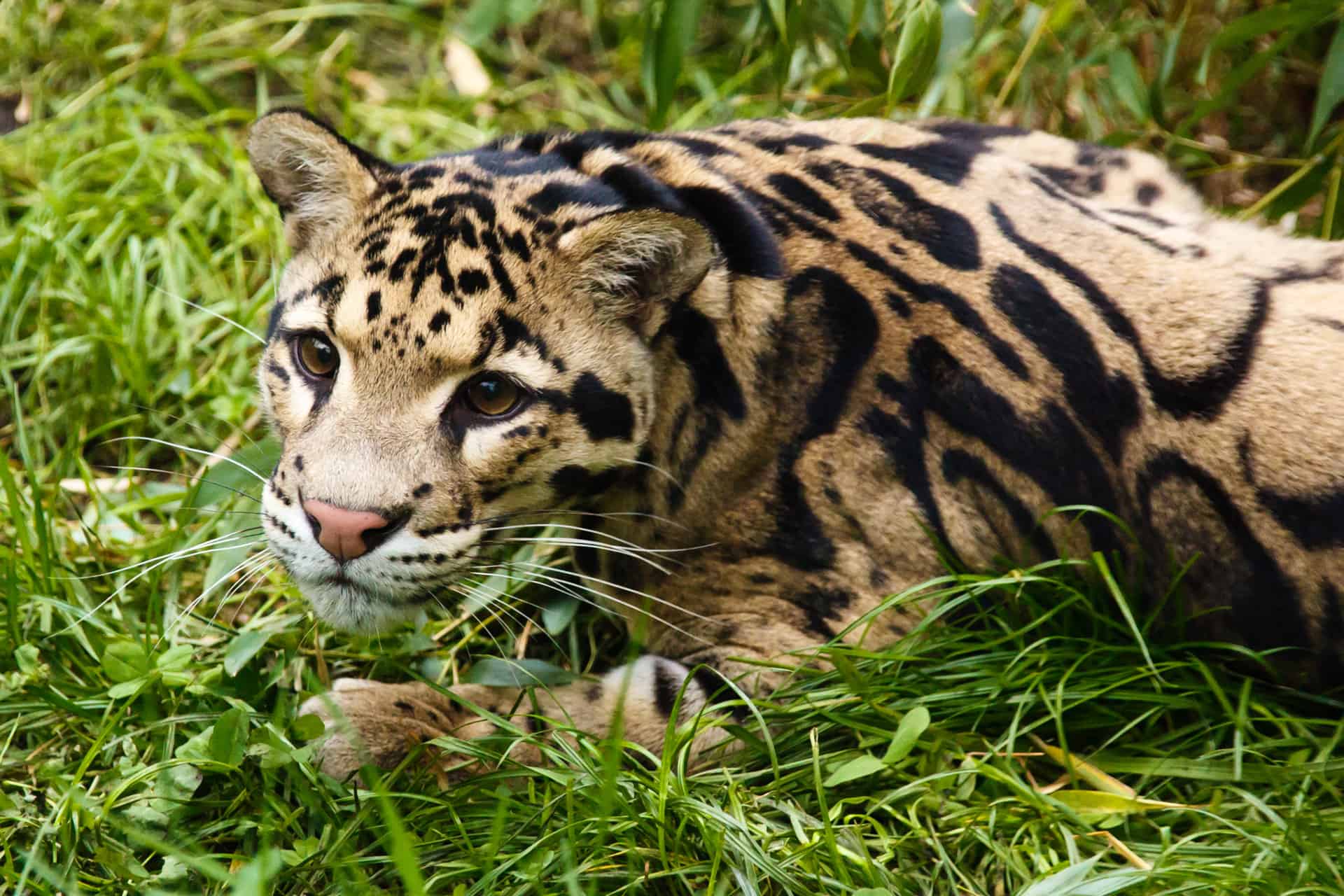Large and endangered wild animals like tigers and elephants do poorly near human communities. Or do they?
Large and endangered wild animals like tigers, leopards and elephants do poorly near human communities. Or do they? The results of research led by scientists at the University of Queensland appear to have belied the assumption that they invariably do.
The researchers examined paleontological records to compare the historic distribution of Asia’s 14 largest wild animal species with their current populations in tropical forests and found that animals such as tigers, Asian elephants, clouded leopards and wild boars, deprived of much of their natural habitats, have been evolving to live alongside humans.
“These results show that under the right conditions some large animals can live nearby humans and avoid extinction,” says Zachary Amir, a scientist at the university’s School of Biological Sciences who was an author of a study.
“[They] challenge the narrative within some conservation circles that humans and megafauna are incompatible,” Amir explains.
It is generally assumed that in a phenomenon called “trophic downgrading,” which refers to the extreme loss of the world’s largest wild animals, these animals tend to fare worst near humans, who may hunt them into extinction or otherwise reduce their populations.
In some parts of Asia, however, tigers, clouded leopards, elephants and wild boars appear to be higher near human populations than elsewhere, perhaps indicating that they benefit from human activities in some ways such as the availability of food to forage.
“This may be the outcome of tougher anti-poaching efforts in the national parks that are closer to human settlements and are more frequently visited by tourists,” Amir notes.
That said, continued habitat loss such as deforestation, as well as poaching, continues to pose grave threats to these animals. However, in the absence of poaching they can survive even within relatively small areas, according to the scientists.
“Previously, there have only been a few examples of large Asian species thriving in small habitats near humans, notably in Mumbai, India where leopards in an urban park prey on stray dogs,” Amir says. “Thankfully, we found that a wider range of animals can coexist with humans.”
The researchers cite as an example the small island nation of Singapore, where land for wildlife is scarce. Poaching there has been eliminated while some forested areas, now protected, have been restored. As a result, sambar deer and wild boar are thriving again.
“Singapore has actually experienced the natural rewilding of sambar deer and wild boars, which are now frequently observed in an urban forest, the Bukit Timah Nature Reserve,” Amir says.
“If we replicate those protection efforts in larger forests and other counties, we may see positive impacts right around the world,” he suggests. “But before this can happen, [we] humans need to get our act together and limit poaching.”
The authors of the study stress that not all large animals were found to do well near humans. The numbers of tapirs, Sumatran rhinos, sun bears and other large animals have continued to decline sharply.
Overall, though, the findings should be seen as encouraging for conservation efforts.
“The key innovation of this work was to systematically investigate the population trends of many different wildlife species across the region,” notes Matthew Luskin, a biologist specializing in biodiversity at the University of Queensland.
“Then we tested if all species showed consistent trends and if similar parks retained similar species. Remarkably, we found no two forests currently possess the same group of wildlife compared to thousands of years ago,” he explains.
“These results provide hope for wildlife in forests previously considered too far degraded or too close to cities. Now we’re exploring new conservation strategies for these surprising places,” he adds.
This story first appeared on Sustainability Times
Photo: Public Domain Pictures/Vera Kratochvil
© 2022 Sustainability Times.
This article is licensed under a Creative Commons Attribution-ShareAlike 4.0 SA International License.












